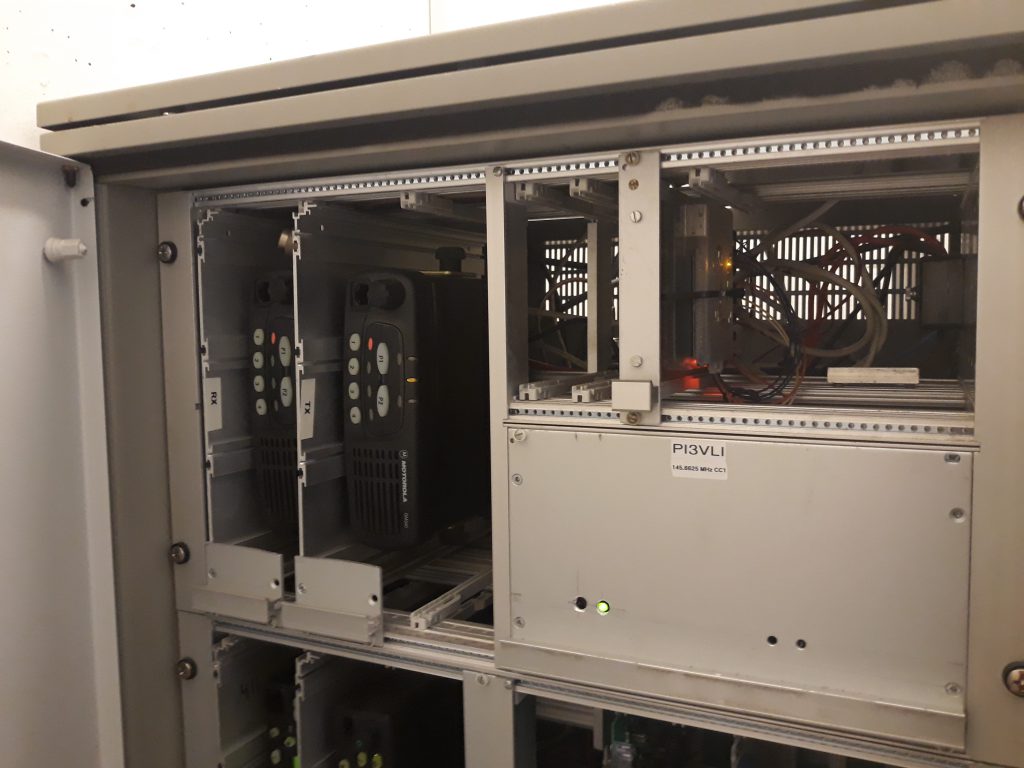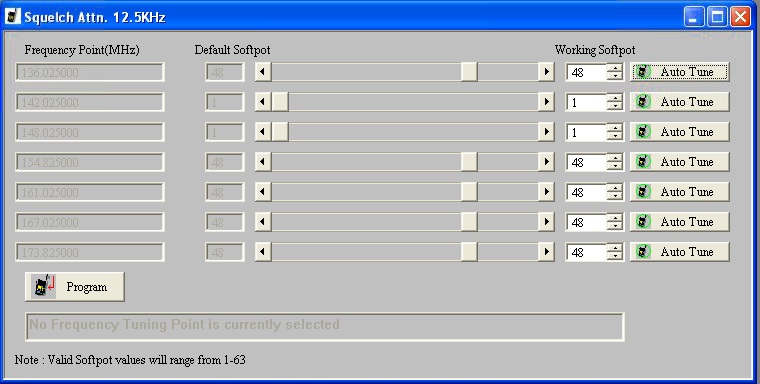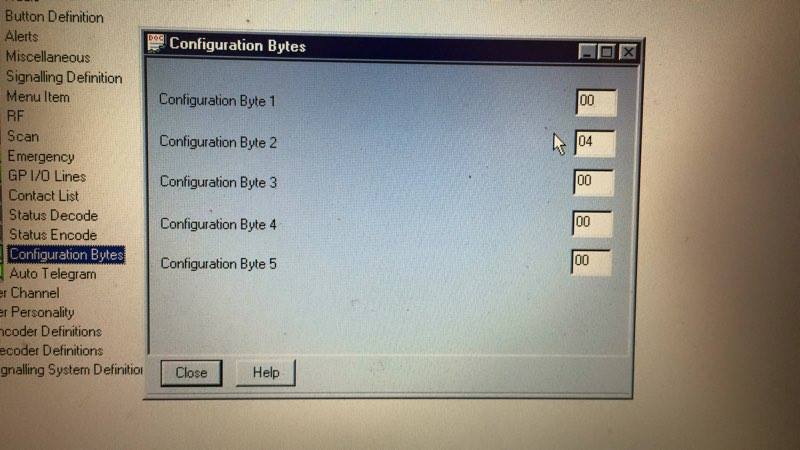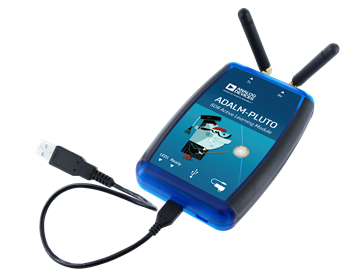Solution: GM340 crash after rx DMR signal
By testing the homebrew DMR repeater PI3VLI, we had some problems with the RX. We had some problems with BER, (was more than 7%) and sometimes the repeater doesnt answer back when you Key onto the repeater.
The setup of PI3VLI is a Raspberry PI with MMDVM board (with PI-Star software) and 2 Motorola GM340 VHF radio’s for RX and TX

Guus PE1PLM toke the repeater at home to check and measure the RX
whats going wrong.. First, the high BER was because of the very loud
audio signal from the discriminator output of the GM340, so he had added
an extra potentiometer to lower the audio signal to the MMDVM board.
Now the BER is almost perfect. 0 or 0,3% BER. (Bit Error Rate)
But
now comes the problem: After making a QSO true the Repeater, the RX
GM340 crashed and reboot when receiving a DMR signal for a couple of
seconds..
So i did the same test. programmed a Motorola GM340 VHF on a
frequency, Programmed my TYT MD2017 on that same frequency in DMO mode
and key’d up.. after 16 seconds.. my GM340 crashed also..
Here a video:
https://youtu.be/cXRLvMiXAZU
It looks like the GM340 can’t handle the very fast switching with the squelch when receiving a TDMA signal. so after this test, i used the Motorola Tuner software and opened the squelch so the squelch dont have to switch anymore.

But the same result..
so, i looks like a Motorola GM340 is not usable for RX a DMR (TDMA) signal.. only TX 😉
EDIT:
There is a solution for this problem.
Go into the programming software to:
Per Radio -> Configuration Bytes

and change the Configuration Byte 2 to 04
Now the squelch is debounced by four more cycles (5 instead of 1) to avoid radio resets caused by a message queue overflow when the squelch flutters.
Thnx to Matthew G7TEM for this information
PD2NLX
D.R.A.W.S. Digital Radio Amateur Work Station
Nieuwe CUSTOM FIRMWARE voor de PLUTOSDR
JANUARY 8, 2019
The PlutoSDR is an Analog Devices $99 – $149 RX/TX capable SDR with 20 MHz of bandwidth and a 325 MHz to 3.8 GHz frequency range that is software hackable to 56 Mhz of bandwidth and a 70 MHz to 6000 MHz frequency. It has an on board Xilinx Zynq Z-7010 FPGA, which has a built in dual core ARM Cortex-A9 processor as well. This processor is capable of running Linux and Linux SDR software on the PlutoSDR itself. PlutoSDR’s can be purchased directly from Analog Devices, or via Arrow, DigiKey or Mouser.

Recently “Lama Bleu” has been working on a custom firmware image for the PlutoSDR. Installing custom firmware allows you to load up a pre-configured Linux system which already has a bunch of useful software installed. He writes that his version is not designed to have a nice GUI, but rather focuses on scripting and data acquisition software. A list of software pre-installed to the image is shown below:
- iio tools : iio-info, libiio 0.16
- CW generator (python) (FG8OJ for CW processing code : https://github.com/fg8oj/cwkeyer)
- SoapySDR + SoapyRemote 0.6 (Pothosware https://github.com/pothosware/SoapySDR)
- LeanTRX ( + DATV TX scripts) (F4DAV and PABR team http://www.pabr.org/radio/leantrx/leantrx.en.html)
- Python 2.7 + numpy ( including iio and SoapySDR bindings)
- rxtools : rx_sdr, rx_fm, rx_power ( Robert X. Seger https://github.com/rxseger/rx_tools
- Retrogram (Peter Rakesh https://github.com/r4d10n/retrogram-plutosdr)
- LUAradio (Vanya Sergeev http://luaradio.io)
- multimon-ng (Elias Önal https://github.com/EliasOenal/multimon-ng/)
- csdr ( + nmux) (Simonyi Károly College for Advanced Studies https://github.com/simonyiszk/csdr)
- OpenWebRX (András Retzler HA7ILM https://sdr.hu)
- gnuplot + libpng —> signal.sh script to acquire and plot directly on the pluto using rx_power.
- Busybox utilities : netcat, at, timeout, ntpd and more (at and timeout to perform scheduled tasks or end a task).
- morfeus_tool !
To access these tools you simply connect to the PlutoSDR via a network connection and SSH. With some of the tools installed it is possible to do things on board the PlutoSDR like recording signals, demodulating signals, transmitting CW, stream demodulated audio over a network, plot the spectrum on the terminal, create an online SDR with OpenWebRX, do a long spectrum scan and transmit DATV.
An alternative custom firmware is PlutoWeb which we posted about in the past. This image is designed for creating a web interface GUI, and for running streaming software such as OpenWebRX.

